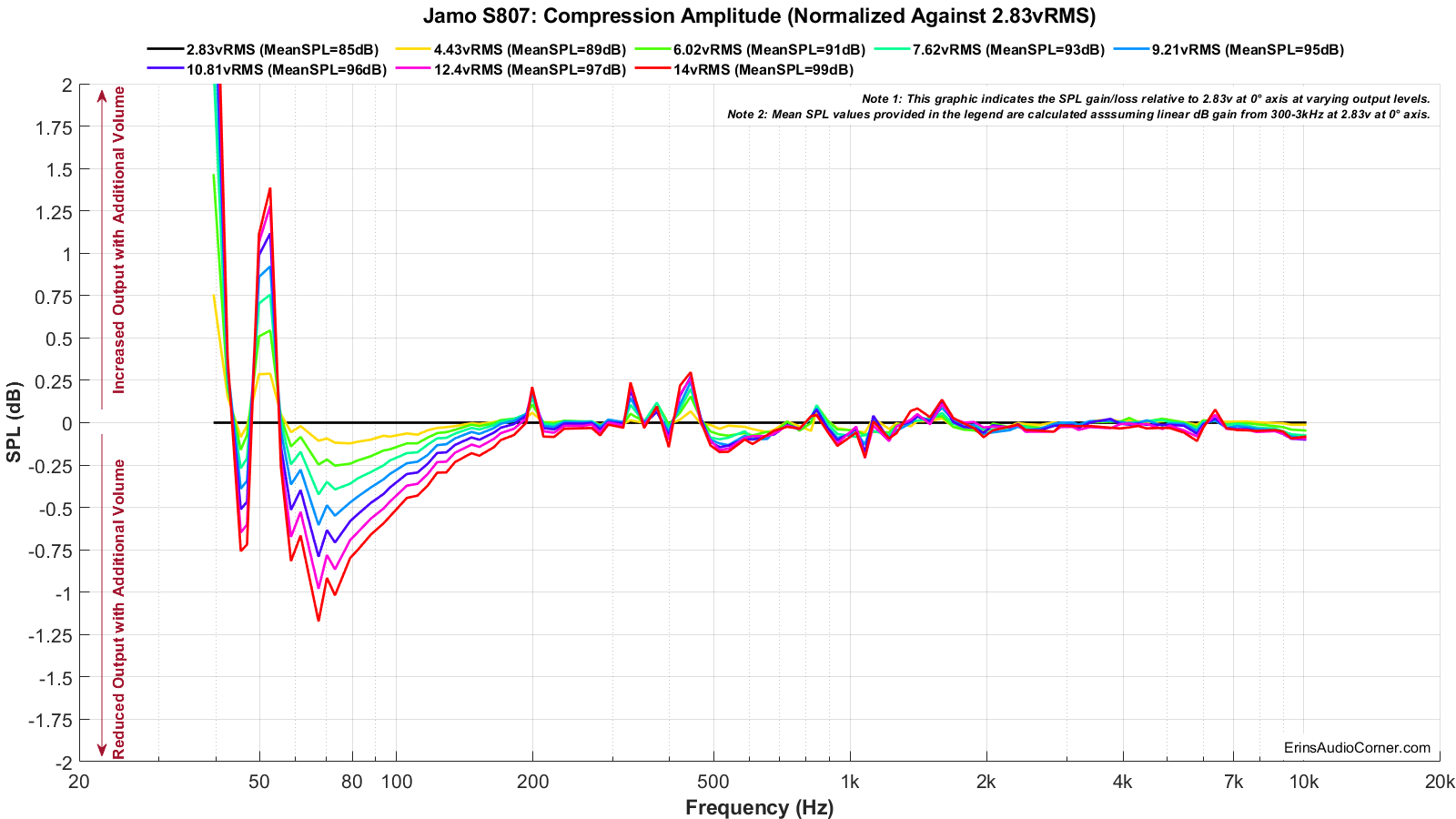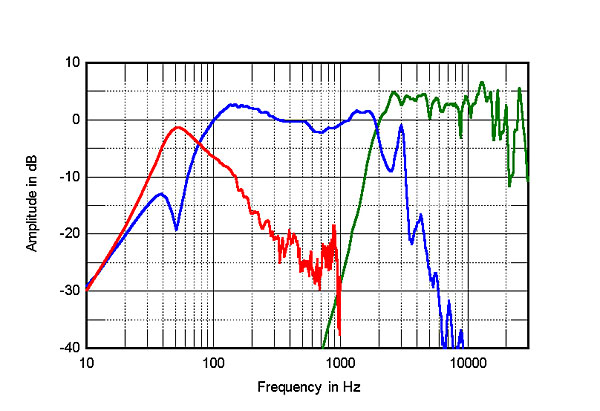- Thread Starter
- #61
No. There is no way to change the waveform other than setting its start and stop frequencies.@amirm Can you load any wav file to test IMD on the Klippel instead of generating it on the spot?
My AP does that with ease of course so I will measure and post it using that.



